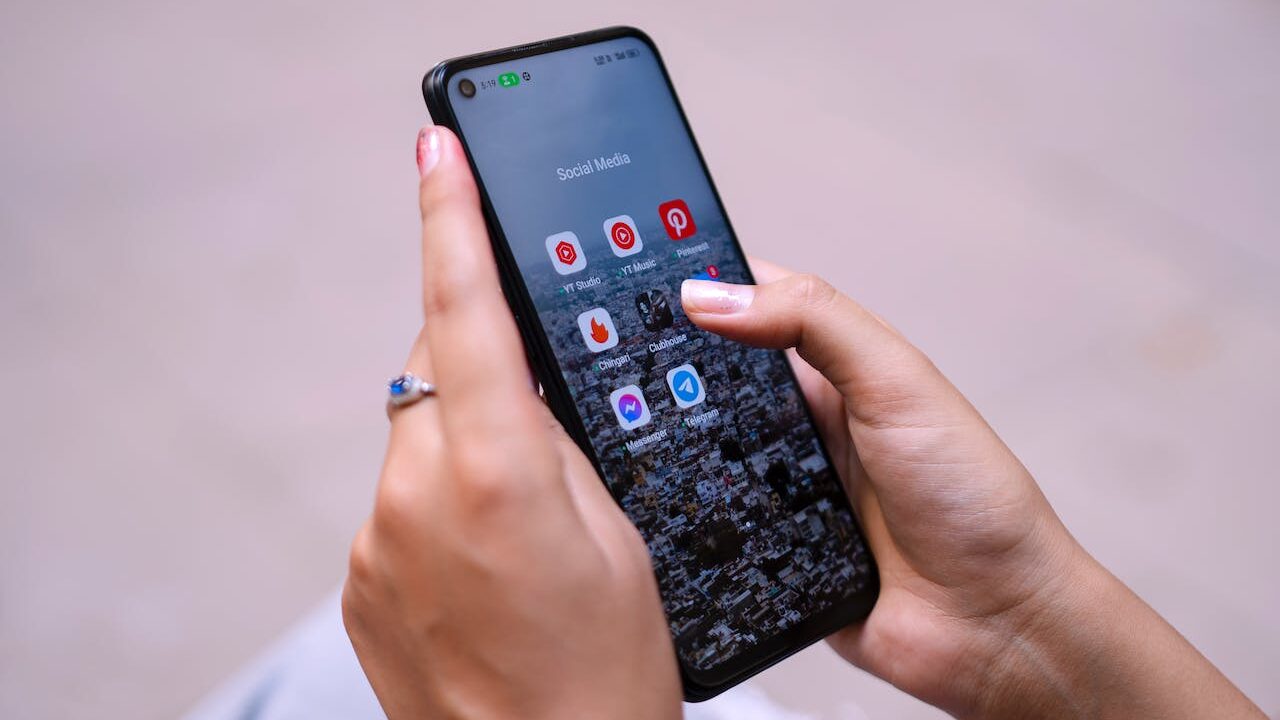
Android Studio, developed by Google, is the official integrated development environment (IDE) for Android app development. Whether you’re a beginner or an experienced developer, this guide will provide a step-by-step approach to creating an Android app using it.
Mobile applications have become critical in enriching user experiences in today’s digital age, with Android leading the field in the global smartphone industry. Android Studio, the official Integrated Development Environment (IDE) for Android app production, provides developers with a full set of tools for designing, testing, and deploying apps for Android devices. This IDE, created by Google, simplifies the development process, making it accessible even to beginners. Whether you want to build a small utility app or a big game, it offers a streamlined, user-friendly framework. Its user-friendly interface, paired with a powerful collection of capabilities, facilitates the transformation of an idea into a practical application. With its enormous ecosystem and Google support, is clearly a cornerstone in mobile app development.
As the need for unique Android apps grows, knowing Android Studio is becoming increasingly important for any prospective app developer. This book will walk you through the process of creating an Android app step by step, ensuring you have a solid foundation to begin your development journey.
- Setting Up Android Studio
How to start Android Studio step by step?
Step 1: Download and Install Android Studio
Visit the official Android Studio website and download the latest version. Follow the installation prompts, ensuring you also install the Android Software Development Kit (SDK).
Step 2: Launch Android Studio
Once installed, open it. On the welcome screen, you’ll have options to start a new project, open an existing project, or check out some sample projects.
- Starting a New Project
How to create an Android app step by step?
Step 1: Click on “Start a new Android Studio project.”
Step 2: Enter your app’s name, domain, and project location. This will also be your app’s package name.
Step 3: Choose a template. It offers various templates, like “Empty Activity” or “Login Activity,” to help you get started.
Step 4: Configure your app. Select the programming language (Java or Kotlin), minimum API level, and other settings.
-
Designing the User Interface
Step 1: Open activity_main.xml. This XML file is where you’ll design your app’s main screen.
Step 2: Use the drag-and-drop feature to add elements like buttons, text views, and images.
Step 3: Adjust properties. Click on any UI element to modify its properties, such as text, color, and size.
-
Writing the Code
Step 1: Navigate to the MainActivity.java or MainActivity.kt file.
Step 2: Write the logic for your app. For instance, if you added a button in the XML, you can write code to specify what happens when that button is clicked.
Step 3: Use the Android documentation. The official documentation is a valuable resource for understanding Android’s vast libraries and functionalities.
-
Testing Your App
Step 1: Use the built-in emulator. Click on the “Run” button, and Android Studio will launch your app in an emulator.
Step 2: Test on a real device. Connect an Android device to your computer, enable USB debugging, and select it from the list of available devices.
-
Creating a System App
How to create a system app in Android?
System apps are pre-installed apps that come with the device. While you can’t directly create a system app as an individual developer, you can design an app that can be integrated by device manufacturers as a system app.
Step 1: Develop your app following the steps above.
Step 2: Ensure your app doesn’t require Play Store services, as some devices might not have them.
Step 3: Approach device manufacturers or vendors. If they find your app valuable, they might integrate it as a system app in their devices.
-
Finalizing and Publishing
Step 1: Debug your app. Ensure there are no errors or issues.
Step 2: Optimize performance. Use Android Studio’s built-in tools to profile and optimize your app.
Step 3: Prepare for release. Generate a signed APK or App Bundle, which is required to publish on the Google Play Store.
Step 4: Publish on the Play Store. Create a developer account, pay a one-time registration fee, and submit your app for review.
Conclusion
Creating an Android app using Android Studio is a systematic process. From setting up the environment to designing, coding, testing, and publishing, each step is crucial. With the right resources and this step-by-step guide, you’re well on your way to transforming your app idea into reality.
Frequently Asked Questions (FAQs) about Android App Development with Android Studio
What is Android Studio?
It is the official Integrated Development Environment (IDE) for Android app development, designed and maintained by Google.
Is Android Studio free to use?
Yes, it is free to download and use for Android app development.
Which programming languages can I use with Android Studio?
Android Studio primarily supports Java and Kotlin for app development.
Can I develop iOS apps using Android Studio?
No, it is specifically designed for Android app development. For iOS app development, you would typically use Apple’s Xcode.
How do I test my apps in Android Studio?
It offers a built-in emulator where you can test your apps. Additionally, you can connect a physical Android device to your computer and run the app directly on the device.
What is the difference between an APK and an App Bundle?
An APK (Android Package Kit) is the package file format used for distribution and installation of mobile apps. An App Bundle is a new file format that includes all your app’s compiled code and resources but defers APK generation to Google Play.
How do I publish my app on the Google Play Store?
After finalizing your app in it, you can generate a signed APK or App Bundle. Then, you’ll need to create a developer account on the Google Play Console, pay a one-time registration fee, and submit your app for review.








